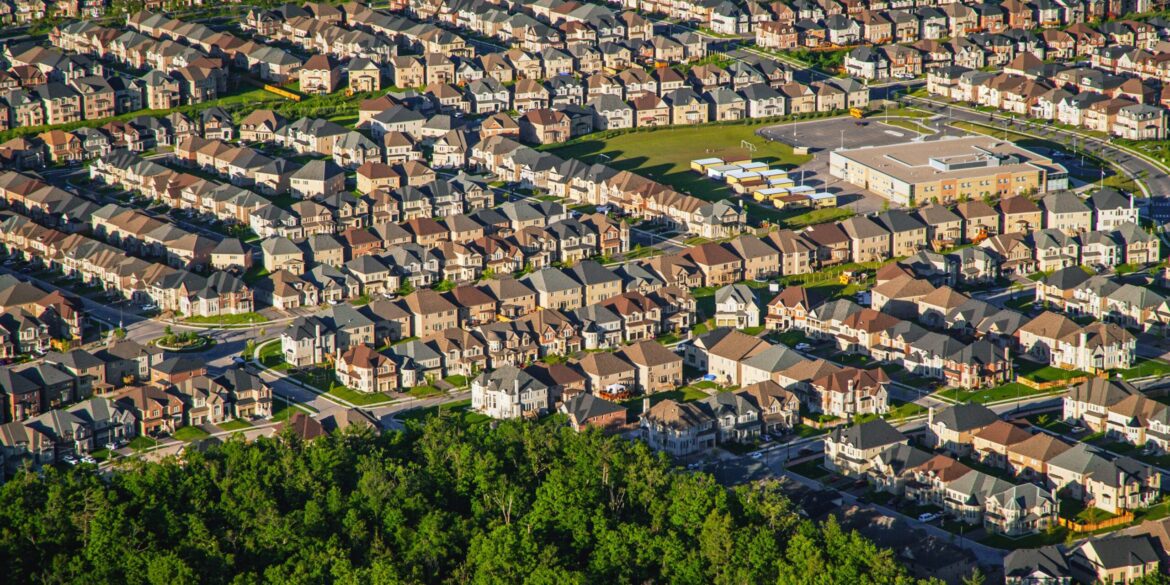Southern California’s housing market is entering a subtle but notable phase of adjustment this August, as a combination of easing mortgage rates and gradually expanding inventory begins to shift the region away from the frenzied conditions that defined much of the past three years. By mid-August, rates on the typical 30-year mortgage had slipped into the mid-6 percent range, a level not seen since the fall of 2024. For buyers, the change represents a modest but meaningful reprieve from borrowing costs that had climbed as high as the mid-7s earlier in the year. For sellers, the renewed sense of affordability helps sustain strong underlying demand, especially in counties where home values remain among the highest in the nation.
The rhythm of the market is not uniform across the region. In Los Angeles and Orange Counties, activity remains steady, with well-priced homes drawing multiple offers even as buyers grow more discerning. San Diego, by contrast, is showing clearer signs of cooling, with homes lingering slightly longer on the market and buyers exercising greater leverage in negotiations. The shift is not a dramatic downturn but rather a movement toward balance, one where competition is less cutthroat and choices are gradually expanding. For many observers, this adjustment signals a healthier dynamic after years when ultra-low supply forced buyers into bidding wars and pushed affordability to the breaking point.
Read Also: https://socaljournal.com/southern-california-housing-market-shows-resilience-amid-rising-interest-rates/
Inventory growth is at the center of the current transition. The number of active listings across Southern California is slowly increasing, giving buyers options that were scarce just a year or two ago. Markets like Riverside and San Bernardino, which had already been more affordable relative to coastal counties, are seeing particularly notable growth in available homes. Even Los Angeles and Orange Counties, where supply remains tighter than demand, show gradual improvements. The change is subtle—measured in weeks of additional supply rather than months—but it marks a critical departure from the severe scarcity of the early 2020s.
On the statewide level, forecasts from the California Association of Realtors suggest that 2025 will bring both appreciation and increased activity. The group projects that the median home price across California will climb by 4.6 percent this year, reaching roughly $909,400. At the same time, sales of existing single-family homes are expected to rise by more than 10 percent, totaling more than 300,000 units. Those figures suggest a market that is neither overheated nor stagnant but rather one where growth is tempered and activity is steady. For many, that balance is welcome after years when volatility defined the landscape.
Yet affordability remains a defining challenge. Even with rates easing, the ability of typical households to purchase a median-priced home remains historically low. Only about one in six California households is projected to be able to afford such a purchase in 2025, a figure unchanged from the prior year. This reality underscores the duality of the market: while easing rates and growing inventory create opportunities, the structural barriers of high prices and stagnant wages continue to exclude a large share of potential buyers.
Still, market analysts point out that moments like mid-August 2025 may represent a rare window of opportunity. Buyers who have waited for rates to soften now find themselves with slightly more bargaining power, particularly in cooling submarkets such as San Diego. Sellers, meanwhile, continue to benefit from strong demand in high-value areas like Los Angeles and Orange Counties, where international interest, economic diversity, and cultural draw ensure a steady pool of buyers. In effect, both sides of the transaction are beginning to operate with a measure of flexibility not seen in years.
The easing of rates also raises the prospect of increased mobility among homeowners. For much of the past year, the so-called “lock-in effect” has constrained supply, as households with sub-4 percent mortgages resisted listing their homes for fear of higher financing costs on a new purchase. Now, with borrowing costs trending downward, more owners may be encouraged to enter the market, further bolstering inventory and enhancing fluidity. If this pattern continues into the fall, the region could experience a gradual normalization that benefits the entire housing ecosystem.
As of August 18, the pulse of Southern California’s housing market suggests a transition underway. It is not a dramatic swing, nor a sudden correction, but rather a slow drift toward equilibrium. Buyers are no longer shut out by a near-total lack of choice. Sellers can still expect strong demand, particularly in desirable neighborhoods. And analysts, watching rates ease and supply inch upward, note that the defining tone of this season is neither fear nor frenzy but cautious opportunity. For a region where real estate so often feels like a high-stakes contest, this mid-August balance may be the most encouraging news of all.

